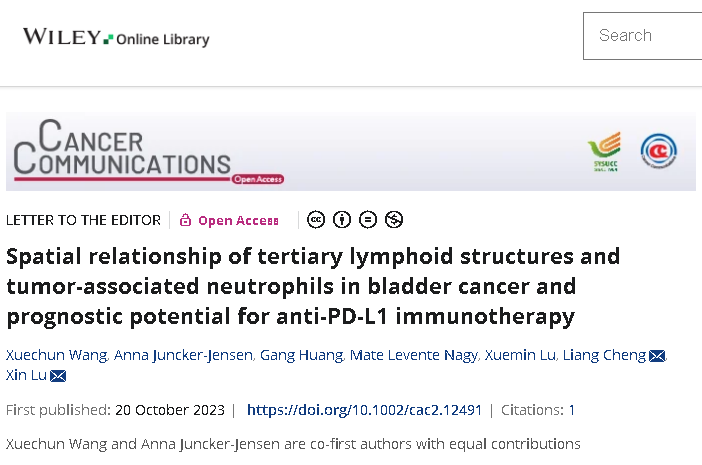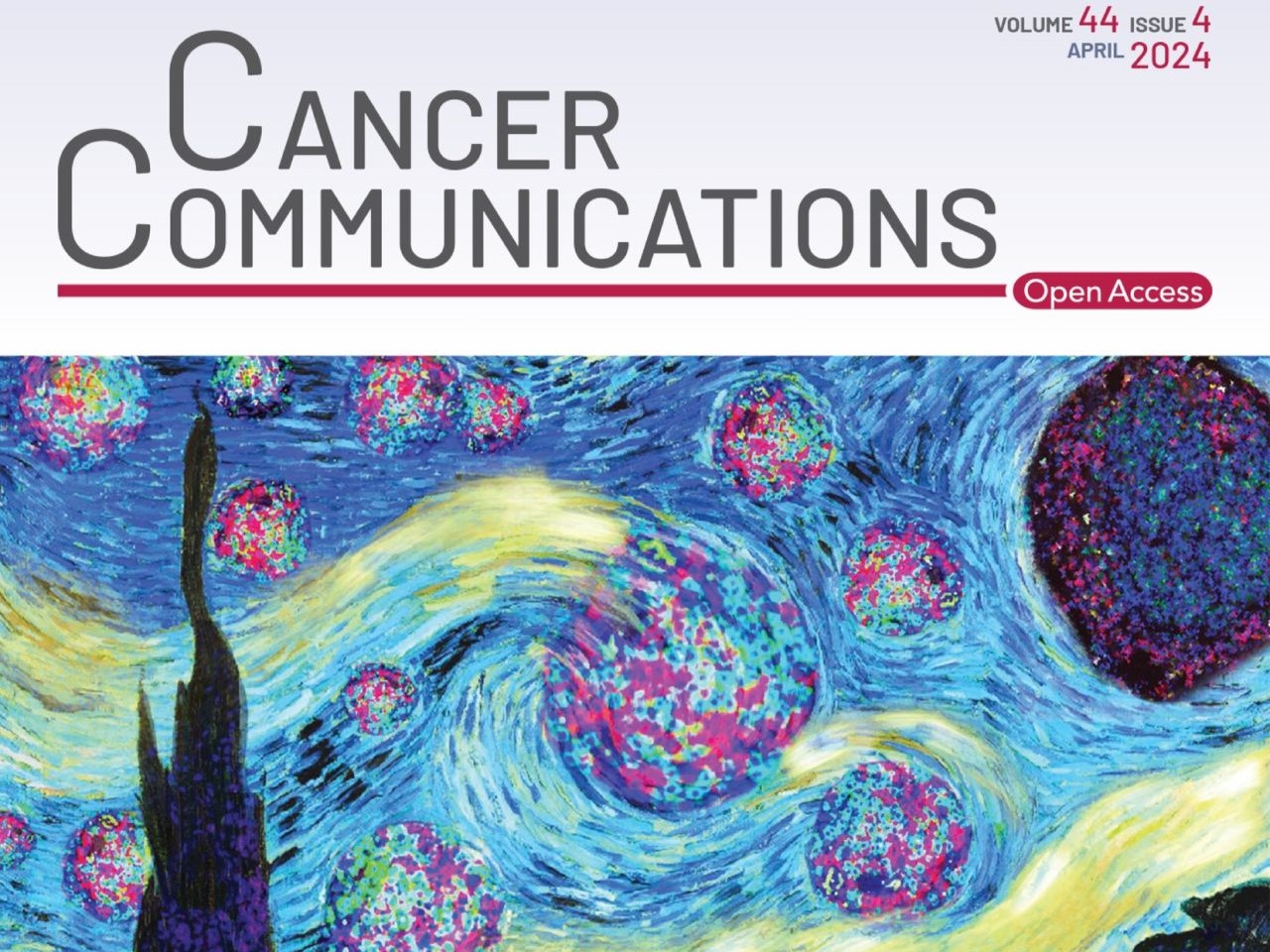Liang Cheng, Director of Anatomic Pathology and Molecular Pathology at Warren Alpert Medical School of Brown University, shared a post on LinkedIn about a paper titled “Spatial relationship of tertiary lymphoid structures and tumor-associated neutrophils in bladder cancer and prognostic potential for anti-PD-L1 immunotherapy” published in Wiley Online Library:

Liang Cheng commented on LinkedIn sharing this paper:
“I’m very happy to see that Cancer Communications’ journal impact factor has risen to 20 according to 2024 Journal Citation Reports, and our paper has been selected as the Cover Story in a recent issue by Wiley Oncology and Hematology.
It has been a great honor to work with Professor Xin Lu to publish this important work in a high impact journal. Our study made two main discoveries:
1. Lymphocytes and Immunosuppressive Myeloid Cells in Mature TLSs:
We found that lymphocytes and immunosuppressive myeloid cells were most abundant in mature tertiary lymphoid structures (TLSs) of bladder cancer, with their densities decreasing as the distance from the TLSs increased.
While we hypothesize that tumor-associated neutrophil (TAN) density follows this gradient if TANs enter TLSs through high endothelial venules (HEVs) and diffuse radially, an alternative model where TANs extravasate into the tumor bed and enrich through a chemokine gradient toward TLSs may lead to the same result.
2. Prognostic Implications for Bladder Cancer Patients:
Patients with bladder cancer characterized as TLS-high and PMN-MDSC-low showed the best prognosis with anti-PD-L1 therapy, while those characterized as TLS-low and PMN-MDSC-high showed the worst prognosis. These results may have the following clinical implications:
An immune score based on TLS-high and PMN-MDSC-low may help select patients who would benefit most from immune checkpoint blockade (ICB) therapy.
For TLS-low and PMN-MDSC-high patients, strategies to induce TLS formation and debilitate PMN-MDSCs may help overcome ICB therapy resistance.”
Source: Liang Cheng/LinkedIn

